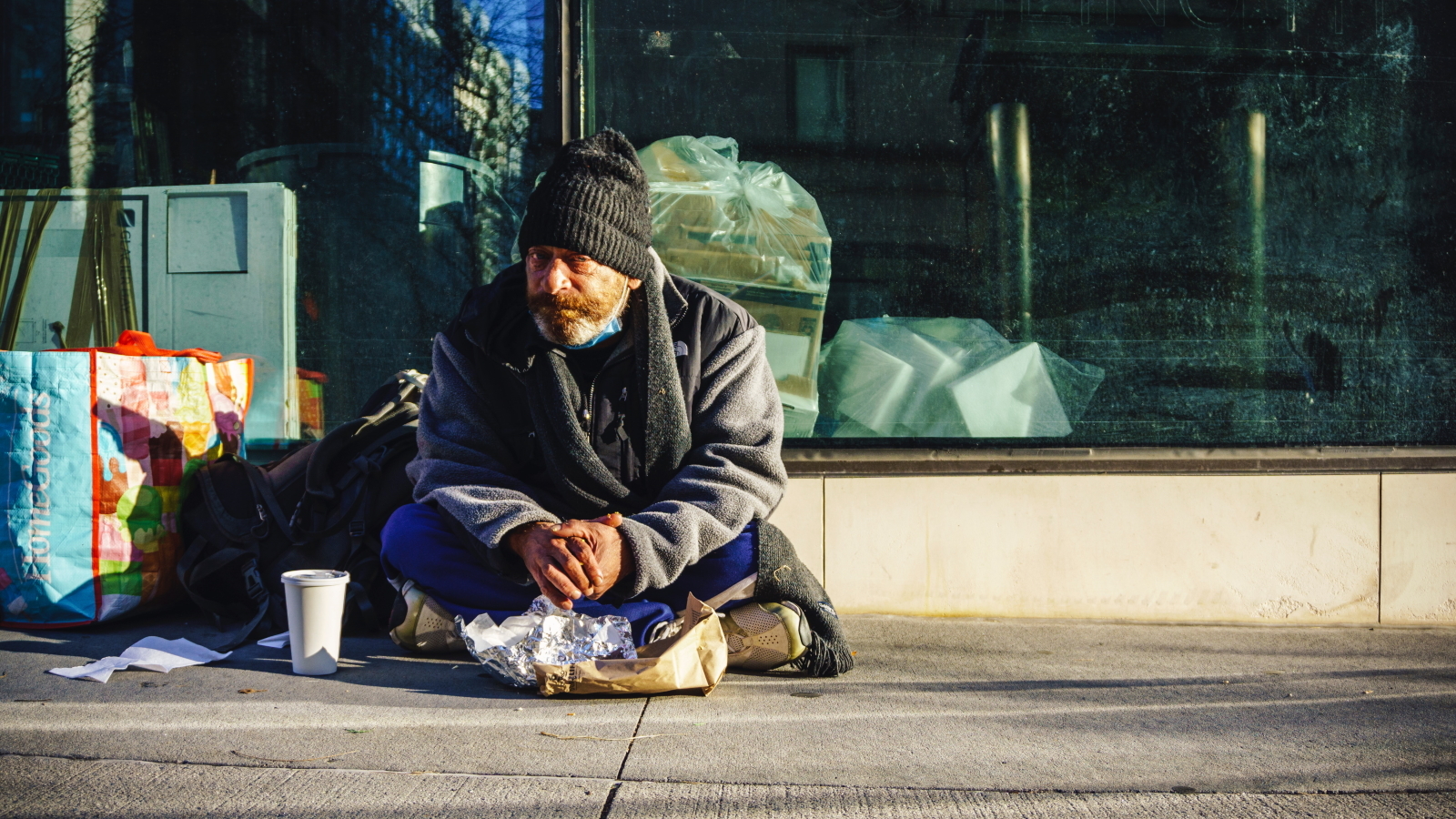On June 6, members of the public testified before the Albuquerque City Council in opposition to several Integrated Development Ordinance Amendments centered around the issue of the rising homeless population in the city and where the homeless are allowed to stay.
Resident Vera Watson's testimony highlighted the many issues that potential homeless encampments may present.
"We live here too, and the homeless have come a long way after the 30+ years that many of us have been here," Watson said at the council meeting. "Our own local news reports provide a plethora of documentation of the impacts surrounding sites for the unhoused. Among them, encampment, crime, trash and human waste, occupation of park and public spaces and a drain on local businesses."
Albuquerque Journal reported that according to a study being conducted by the University of New Mexico (UNM), homeless shelters have an "impact zone" of increased crime rates of a quarter mile to a half mile radius around the shelter. If all 18 sanctioned encampments approved by the city council are constructed, Albuquerque could have over 14 square miles of "impact zones" with increased crime throughout the city, or 7.5% of Albuquerque's total land area.
According to the same study by UNM, property values are decreased within a radius of up to two miles around a homeless shelter. Based on this statistic, if all 18 sanctioned encampments approved by the city council are constructed, virtually all property in Albuquerque could see a decrease in value.
According to a poll conducted by the Albuquerque Journal in October 2021, participants voted on their primary concerns for the city. Of those polled, 66% of them named crime as their biggest concern as a resident. Another 23% of participants named the homeless crisis in the city as their primary concern. No other concern cited gained larger than 5% of the participants' votes.








